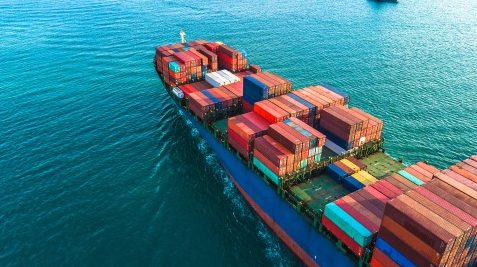Normally, container ships bring loaded containers on headhaul runs to the U.S. and Europe. The boxes are emptied and then used for backhaul export cargoes from the U.S. and Europe. The blanked sailings slashed the number of boxes arriving on headhaul routes, and at the same time, impaired the ability to return empties via the backhaul routes.
“If we see a pickup in demand [for Asian exports], stocks [of empties] will be drawn down and the carriers will try to get the backlogs in destination regions back to Asia,” one expert stated. In general, he said, “when we have equipment shortages, carriers usually focus on empty repositioning over backhaul cargo” given that “the premium for backhaul cargo is very low.” This dynamic can “lead to massive spikes in backhaul rates.” In other words, backhaul cargo moving from Europe to Asia, for example, would compete for space on ships with empty containers — and the cost to ship those backhaul cargoes would increase.
At the same time empties are being brought back to Asia, efforts are being made in the trans-Pacific market to bring empty boxes in the other direction; from Asia to the U.S. West Coast ports of Los Angeles and Long Beach. MSC, which usually deploys 13,000 TEU ships in the trans-Pacific as part of the 2M alliance with Maersk Line, is now deploying the 23,756-TEU MSC Mia (the world’s largest box ship), the 23,656-TEU MSC Nela, 19,224-TEU MSCO Oscar and 19,368-TEU MSC Anna.
The container-repositioning equation hinges on how quickly Asian manufacturing gets back to normal on one hand, and how import demand in Europe and the U.S. is affected by coronavirus on the other. “The good news is the number of blanked sailings is also declining,” the expert said. “Carriers are getting ready for a return of demand in the near future and a possible surge in late April.”
Source: FreightWaves



